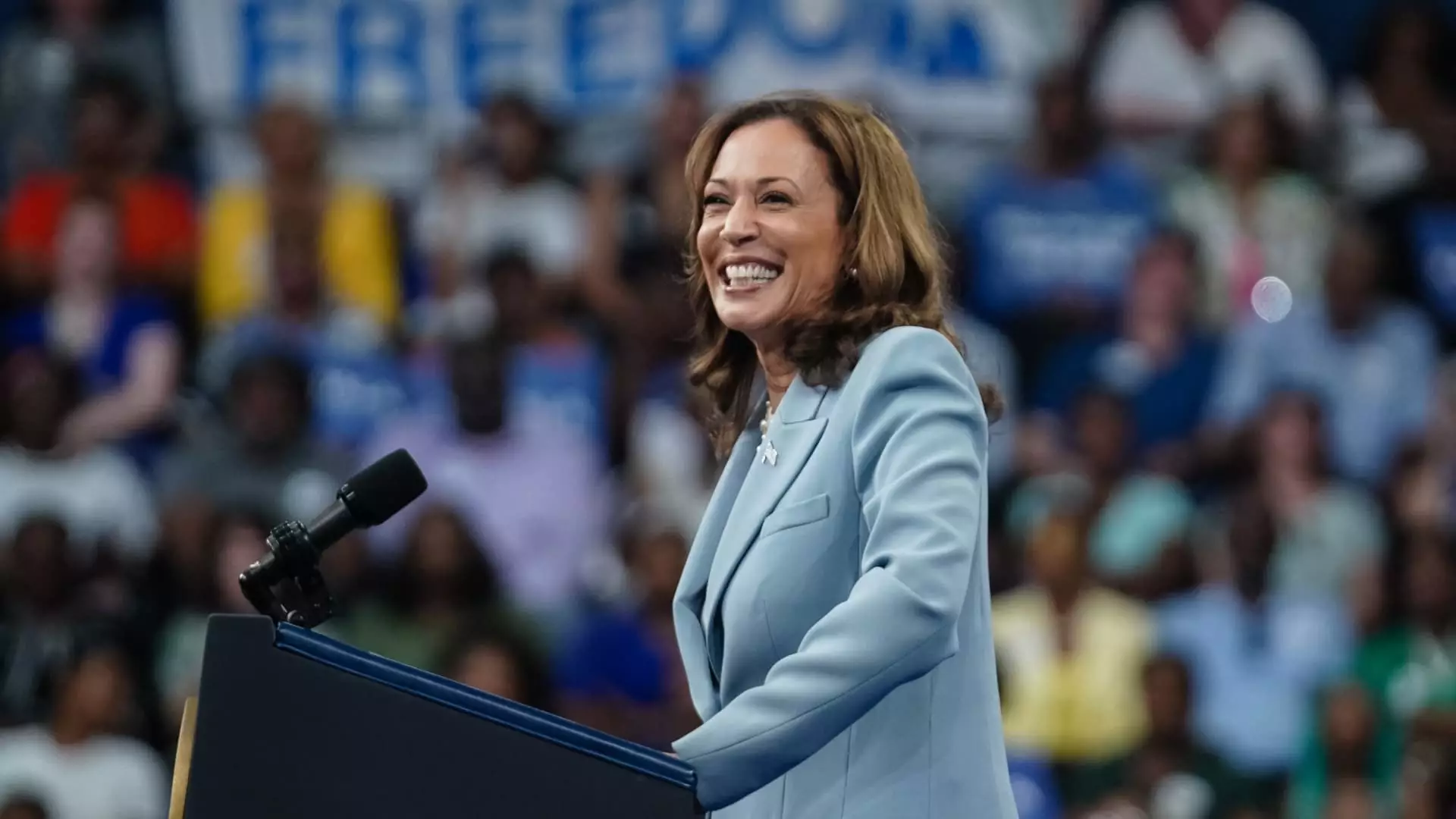During a recent political event in Atlanta, Vice President Kamala Harris emphasized her commitment to strengthening the middle class, highlighting the crucial role it plays in fortifying the nation as a whole. Harris articulated her vision of providing relief to families grappling with the escalating cost of living, enabling them not just to survive but to thrive in the economic landscape. Her approach seeks to empower lower and middle-income workers by endorsing policies that promote financial stability and growth.
At the core of Harris’ economic strategy lies the LIFT the Middle Class Act, a pioneering proposal that aims to offer an annual tax credit of up to $3,000 per person (or $6,000 per couple) to individuals falling within the targeted income brackets. This substantial tax credit is envisioned to provide significant relief to working-class Americans, who have been adversely impacted by the relentless rise in the cost of living. Such a measure is believed to restore confidence and security among workers in the face of evolving job markets, driven by advancements in artificial intelligence.
While the LIFT Act offers immense potential for assisting renters and bolstering the middle class, it comes with its own set of challenges and considerations. The high cost associated with implementing such a tax credit raises concerns about its feasibility, especially in the current era of looming budget deficits. Harris faces the daunting task of reconciling conflicting priorities, such as funding the LIFT Act while addressing expiring tax cuts enacted by previous administrations.
Harris’ proposal to cap rent increases and combat corporate landlords has sparked debates among economists regarding its potential impact on rental markets. While rent control measures may alleviate immediate concerns about soaring housing costs, they could inadvertently limit the availability of rental units, exacerbating the existing housing shortage. As an alternative, experts suggest that the LIFT Act could offer more direct assistance to renters by mitigating the effects of rent inflation without disrupting market dynamics.
In light of recent developments, including the temporary expansion of the child tax credit during the Covid-19 pandemic, Harris faces the challenge of prioritizing economic policies that align with the evolving needs of American families. The success of the child tax credit expansion in reducing child poverty underscores the potential of targeted financial assistance programs in driving positive outcomes for vulnerable populations. As policymakers navigate the path forward, striking a balance between reviving older proposals like the LIFT Act and embracing new initiatives like the child tax credit expansion remains a critical task.
As Harris emerges as a frontrunner for the Democratic nomination, the spotlight is on her ability to chart a course that addresses the complex economic landscape while staying true to her commitment to supporting the middle class. The upcoming deliberations over tax policies, proposed tax credit expansions, and rent control measures will test Harris’ strategic acumen and her capacity to navigate competing demands within the realm of economic policy. The decisions made in the coming months will not only shape the economic trajectory of the nation but also determine the efficacy of Harris’ vision for a robust and resilient middle class.

